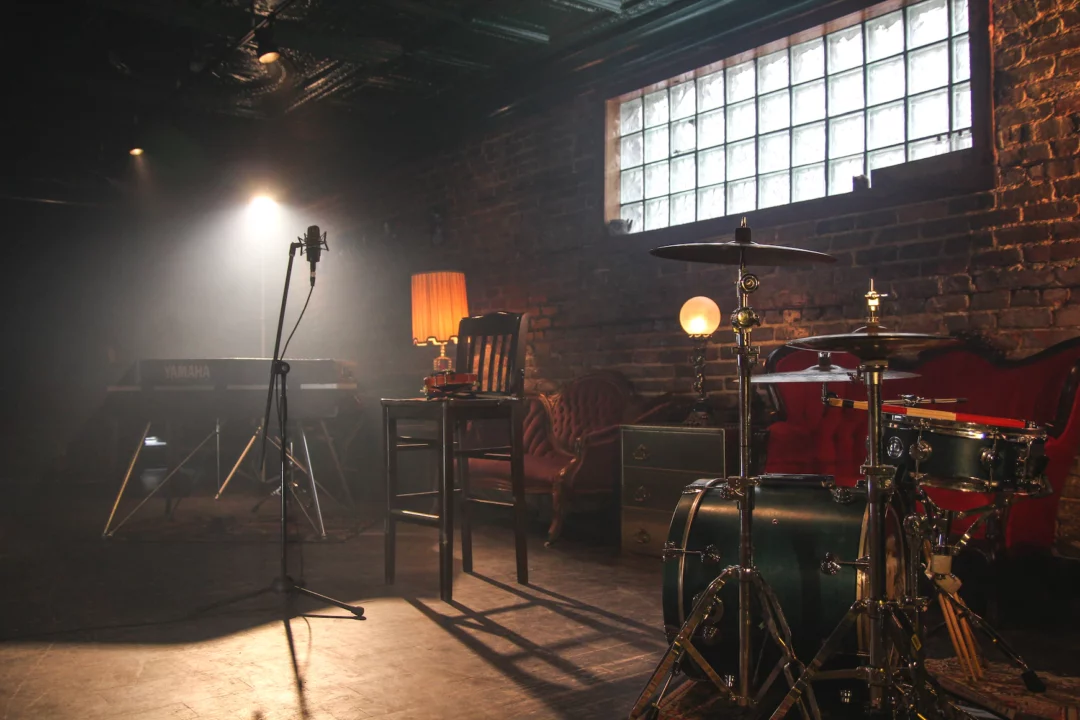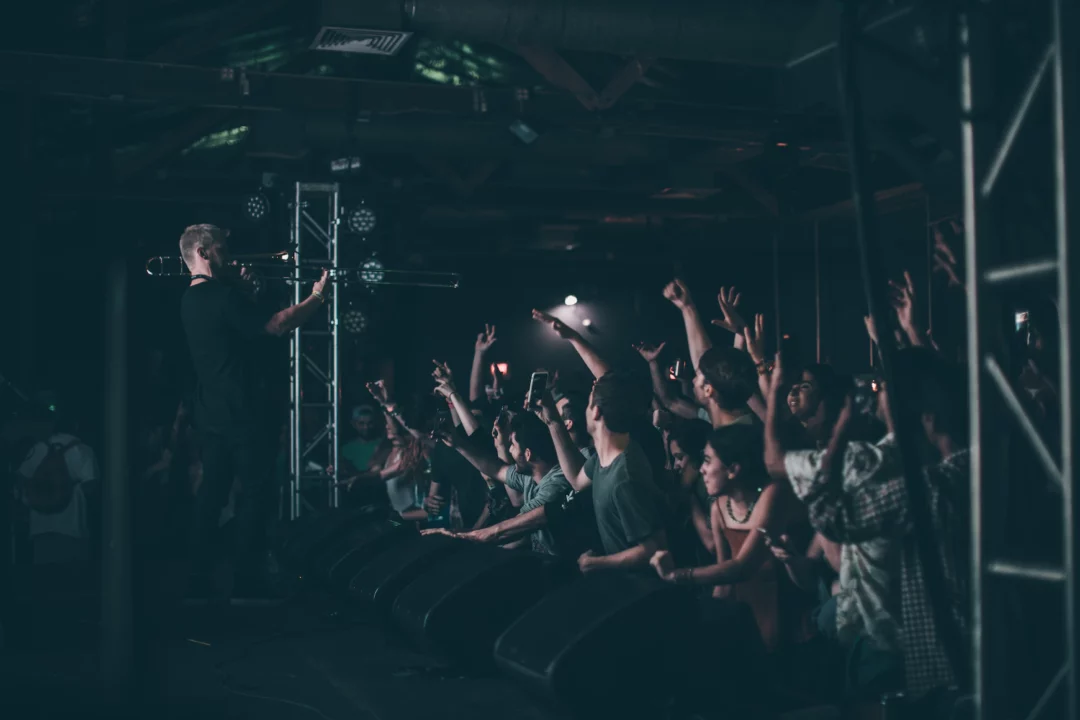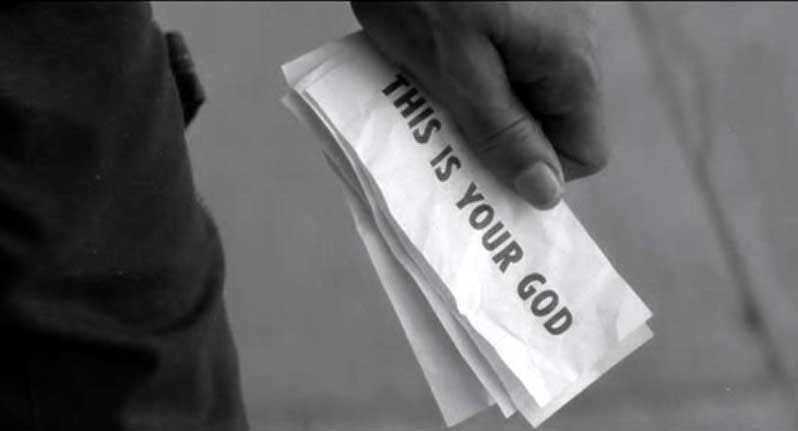The live music industry is at a critical juncture. According to Pollstar’s Mid-Year 2024 Report, the industry is experiencing its highest total grosses ever. However, this positive headline masks a more complex and worrying reality. While more shows are being produced and ticket prices have increased, ticket sales and average per-show grosses are declining. This indicates a sector in need of significant adjustments to maintain its sustainability. Below, we analyse the current state of the industry, and the challenges faced by smaller players, and suggest ways to move forward.
Current State of the Live Music Industry
The live music industry in 2024 presents a paradox. On the one hand, total concert grosses have increased by 8.7% compared to the same period in 2023. The number of shows has surged by 16.7%, and the average ticket price has risen by 9.4% to $127.30. These figures suggest a booming industry with rising revenues and a growing number of events.
However, this growth is not evenly distributed. The average gross per show has dropped by 6.9%, from $1.47 million in 2023 to $1.37 million in 2024. Additionally, 0.7% fewer tickets have been sold in the first half of the year, and the average number of tickets sold per show has decreased by 14.9% compared to 2023. Although the 2024 ticket average of 10,767 still exceeds the 2019 average of 9,901, the downward trend in ticket sales is concerning.
This mixed picture is more pronounced when considering the ecosystem’s lower tiers. Smaller and mid-level artists, venues, and festivals are facing increased competition and struggling to thrive. In the UK, 50 music festivals have been cancelled this year, and established US festivals like Coachella and Bonnaroo have reported lower attendance.
The Price of Live Music: A Growing Dilemma for Artists and Fans
The trend of artists inflating their prices is creating a significant barrier between artists and their audiences, resulting in declining ticket sales and a growing sense of discontent among concertgoers. Artists need to charge more for their tickets to compensate for the loss of revenue from recorded music sales. The rise of digital streaming platforms has drastically reduced the income musicians earn from album sales. Consequently, live performances have become a primary source of income for many artists. This shift has led to higher ticket prices as musicians seek to cover the substantial costs of touring, including logistics, production, and crew wages.
However, the rising cost of concert tickets is becoming a significant deterrent for fans. Many potential concertgoers find the prices prohibitive, particularly when considering the additional expenses associated with attending a live event, such as parking, concessions, and merchandise. The overall cost of attending a concert can easily rival that of a weekend getaway, leading fans to question the value for money.
Moreover, the involvement of ticket agencies and dynamic pricing models has exacerbated the issue. Ticket prices often surge due to high demand, driven by algorithms designed to maximise revenue. This price gouging means that fans are frequently paying inflated prices for less-than-optimal seating at stadium and arena shows. The frustration is further compounded by the prevalence of ticket scalpers who purchase tickets in bulk and resell them at exorbitant prices, making it even harder for genuine fans to afford attendance.
The post-COVID economic landscape has also played a role. With inflation affecting the cost of living, discretionary spending on entertainment has been significantly curtailed. Fans are now more selective about the concerts they choose to attend, opting to skip events that do not offer perceived value for money. This selectivity is evident in the growing number of major tours and festivals reporting lower attendance figures despite the high demand for live music.
Additionally, the cultural landscape of social outings has shifted. The convenience and comfort of high-quality home entertainment systems, combined with the ability to stream concerts online, offer an attractive alternative to the expense and hassle of attending live events. This change in consumer behaviour is contributing to the decline in ticket sales, as many fans prefer to enjoy music from the comfort of their homes rather than face crowded venues and high costs.
The Struggles of Smaller Players
While top-tier tours and major festivals dominate headlines with record grosses, smaller artists and events face a more challenging reality. The increased competition has made it harder for these entities to attract audiences and secure funding. The cancellation of 50 music festivals in the UK and declining attendance at major US festivals highlight the difficulties faced by the broader live music ecosystem.
Smaller venues and festivals are particularly vulnerable. They often lack the financial cushion of larger counterparts and are more susceptible to fluctuations in attendance and revenue. This environment makes it difficult for emerging and mid-level artists to gain exposure and build their fan bases. The result is a live music landscape where only the biggest names and most prominent events are thriving, while the rest struggle to keep pace.
Boutique Festivals: A Glimmer of Hope
Despite the challenges, there are reasons for optimism. Pollstar notes the emergence of over a dozen boutique festivals, such as Big Ears, Cruel World, Winter Jazz Fest, Solid Sound, and Movement Electronic. These festivals offer a more intimate and curated experience, appealing to niche audiences and fostering a sense of community.
Boutique festivals can provide a viable model for sustainability in the live music industry. By focusing on specific genres or themes, they can attract dedicated fans willing to pay a premium for unique experiences. These events also offer opportunities for smaller and mid-level artists to perform and connect with audiences in a more personal setting. Moreover, boutique festivals can experiment with innovative formats and partnerships, potentially setting new trends for the broader industry.
Strategies for a Sustainable Future
To ensure the long-term sustainability of the live music industry, several strategies need to be implemented. Here are some key recommendations:
Diversification of Revenue Streams
Relying solely on ticket sales is increasingly risky in a fluctuating market. Diversifying revenue streams is crucial for sustainability. This can include merchandise sales, VIP experiences, live streaming, and brand partnerships. Additionally, offering exclusive content or experiences to fans through subscription services can provide a steady income.
Supporting Smaller Venues and Artists
The health of the live music ecosystem depends on the success of its smaller players. Policies and initiatives that support smaller venues and artists are essential. This can include funding programs, tax incentives, and grants. Encouraging collaborations between larger and smaller entities can also help distribute resources more equitably.
Embracing Technology and Innovation
Technology can play a significant role in enhancing the live music experience and expanding its reach. Live streaming and virtual concerts have become popular alternatives to in-person events. Integrating augmented reality (AR) and virtual reality (VR) can create immersive experiences that attract tech-savvy audiences. Furthermore, data analytics can help organisers better understand audience preferences and tailor events accordingly.
Fostering Community Engagement
Building a strong community around live music events can drive loyalty and repeat attendance. Engaging with fans through social media, fan clubs, and interactive experiences can deepen their connection to artists and events. Additionally, creating inclusive and accessible environments ensures that a diverse audience can enjoy live music.
Conclusion
The live music industry stands at a crossroads. While top-tier events continue to generate impressive revenues, the broader ecosystem faces significant challenges. Smaller and mid-level artists, venues, and festivals are struggling to survive amidst increased competition and fluctuating attendance. However, by embracing innovation, supporting smaller players, diversifying revenue streams, and fostering community engagement, the industry can navigate these challenges and create a more sustainable future.
Article by Amelia Vandergast






